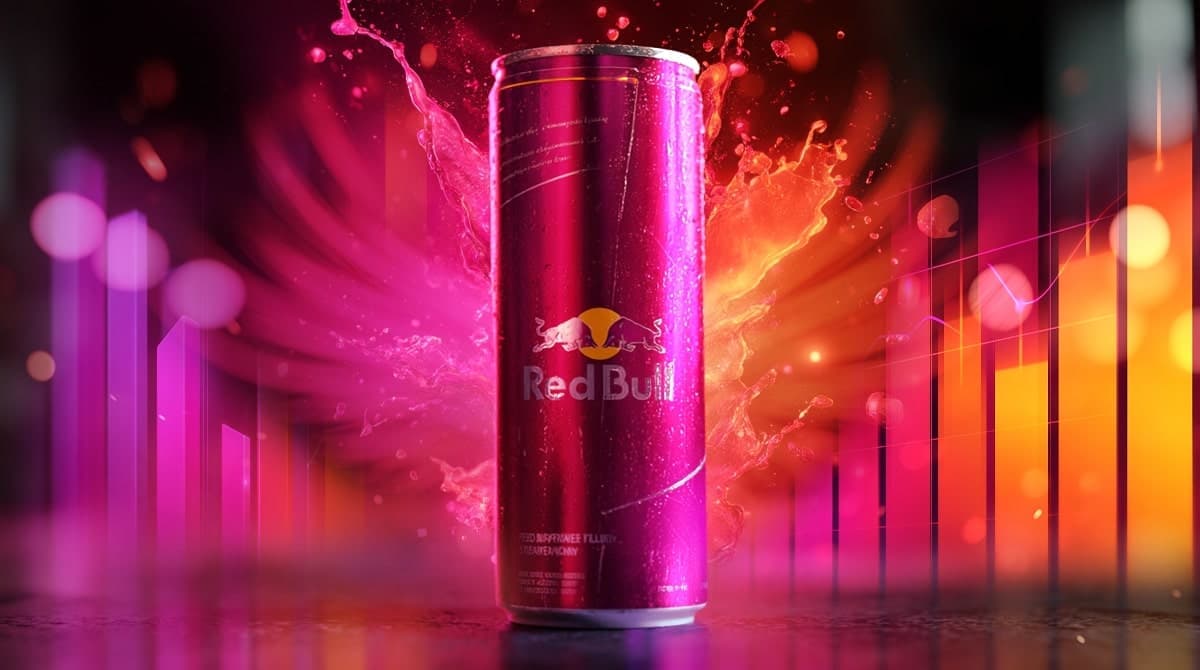In the world of marketing, few brands have rewritten the rulebook as creatively—or as fearlessly—as Red Bull. What started in Austria as a niche energy drink has evolved into a global powerhouse that owns Formula 1 teams, sponsors skydives from space, and runs one of the most influential content studios in the world.
What makes Red Bull’s success remarkable isn’t just scale—it’s strategy. Red Bull doesn’t rely on traditional advertising to sell a beverage. It sells a belief. A lifestyle. An identity. The product is merely the entry point into something bigger: a community built around energy, adrenaline, and ambition.
Unlike most brands that shout features and discounts, Red Bull speaks in experiences. They’ve mastered the art of becoming part of a customer’s life, not just their fridge. And that’s where the lessons start—because even if your brand isn’t global (yet), this approach scales down better than you’d think.
This article breaks down how Red Bull created a movement, what lessons can be drawn for smaller brands and where it went too far.
Defining the Brand: Vision, Not Just a Slogan
“Red Bull gives you wings” isn’t a tagline about caffeine. It’s a brand promise about potential. It’s about pushing limits, testing boundaries, and doing things that most wouldn’t even attempt. Whether that’s skydiving from the stratosphere, performing a BMX stunt over an urban canal, or filming in the freezing backcountry of Alaska—it’s always in service of the same message: boldness.
What makes this work isn’t the repetition of the line—it’s the total commitment to the idea behind it. Every marketing move Red Bull makes reinforces the same identity: this is a brand for people who live fast, go big, and crave something more.
💡 Try This: 3-Step Brand Message Sprint
- Core Promise – In one sentence, what do you help people do or feel?
- Proof Points – List 3 things you’ve done (or want to do) that back this up (e.g., customer result, event, content piece).
- Filter Test – Would your content, collabs, or copy pass the “brand voice” test? If not, revise.
This clarity is Red Bull’s greatest asset. Their branding never splinters, never chases trends. It evolves visually and culturally, but it always loops back to the same core message.
And the application doesn’t require a billion-dollar budget. For example, a sustainable fashion startup could root all content in the idea of “future-forward essentials”—a statement that guides what gets posted, who gets featured, and even how product drops are introduced.
Red Bull doesn’t sell by explaining the drink. They show you what the drink stands for. And the result is a brand identity that’s recognizable, consistent, and culturally sticky across every platform.
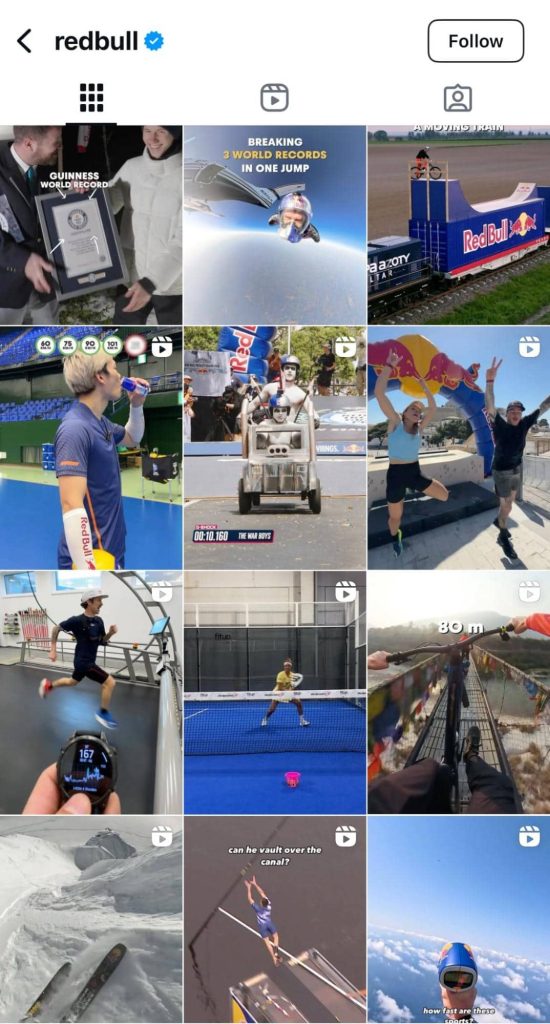
Content That Builds Culture
Red Bull doesn’t interrupt content—they are the content. Through Red Bull Media House, they’ve built one of the most prolific and admired content machines in the business. Not just branded content, but full-on cultural storytelling.
Their portfolio includes:
- The Art of Flight – A visually stunning, cinema-grade snowboarding documentary starring Travis Rice. It’s not just about snowboarding—it’s about confronting nature, taking risks, and capturing it in breathtaking slow motion.
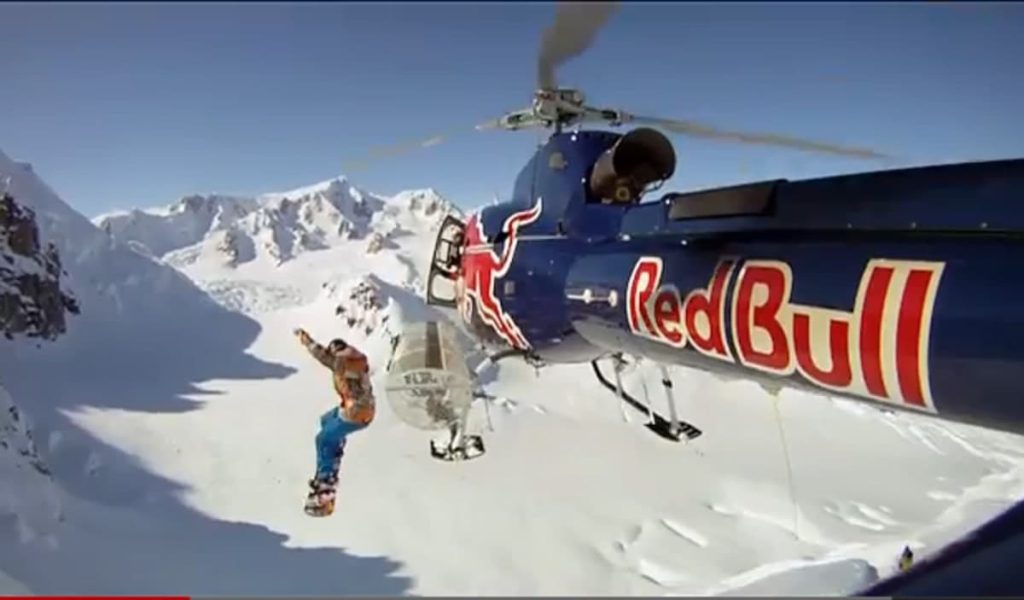
- Way of the Wildcard – A YouTube series that highlights underdog athletes and fringe sports, giving voice to stories that traditional sports media ignores. It’s raw, personal, and deeply inspiring.
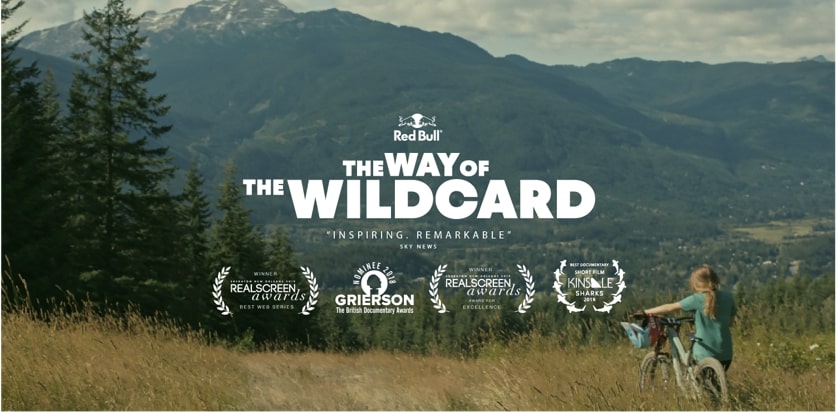
- Red Bull BC One – One of the world’s top breakdancing competitions, blending sport, music, and urban culture into an annual global event.
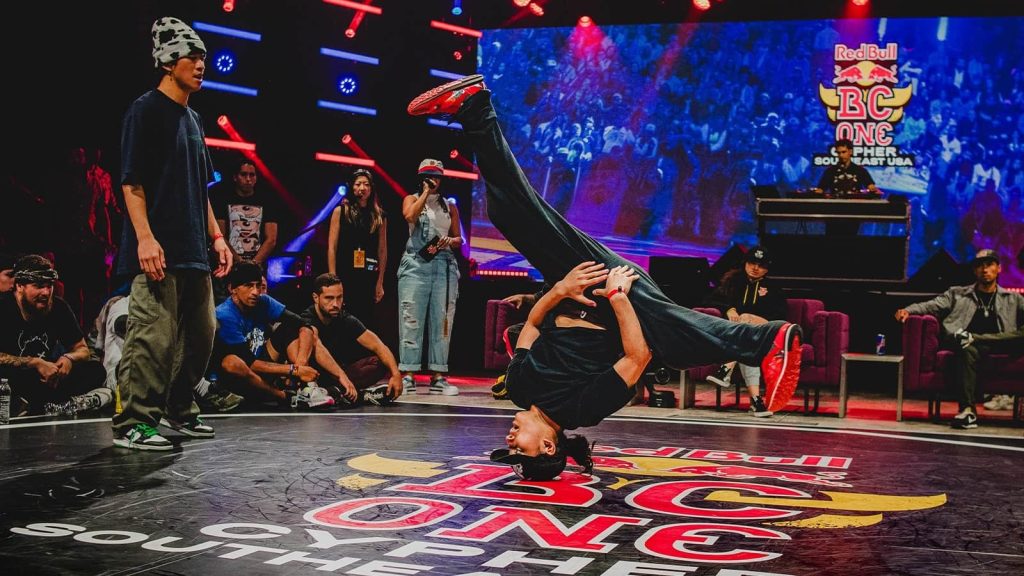
- Red Bull Music Festival – Hosted in cities like New York, Berlin, and São Paulo, this is not a product placement opportunity—it’s a curated platform for underground music scenes to shine.
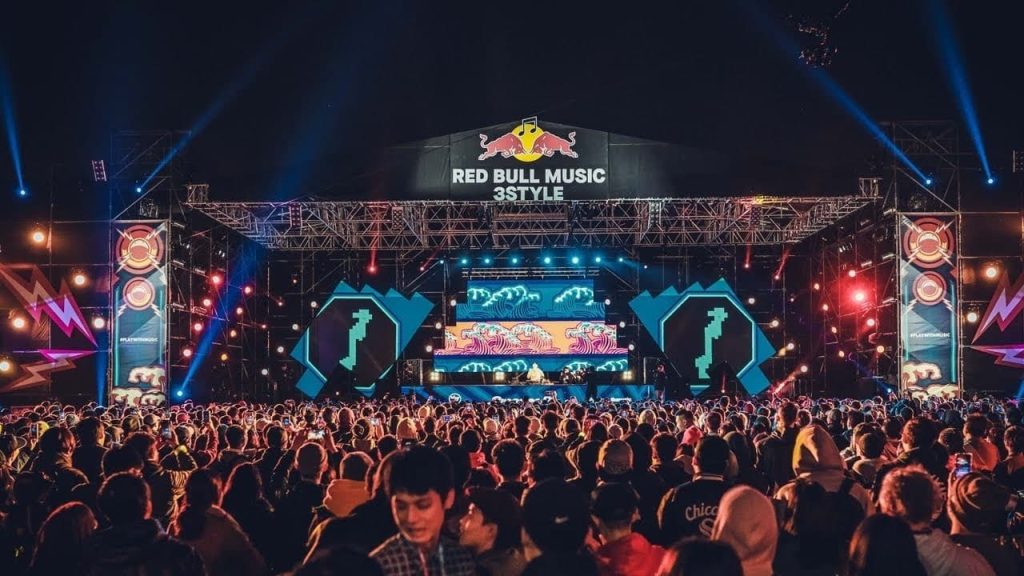
None of this screams, “Buy our drink.” And yet, every second of video, every beat of music, every spin move or snow spray is Red Bull. The brand doesn’t appear as a logo—it’s embedded in the mood, the message, and the energy of the moment.
And here’s where smaller brands can take notes. Red Bull didn’t start with cinematic budgets. Their early videos were raw, handheld, and local. It wasn’t about perfection. It was about story.
A small fitness brand could follow a local trainer’s journey as they prep for a competition. A skincare company could document the real lives of customers and their routines. The key is creating something worth watching even if your brand name wasn’t on it.
What makes content culture-building isn’t the production value—it’s identity. When people feel like your brand gets them, they show up and share. Red Bull’s documentaries don’t just show sports—they tell stories of grit, rebellion, and purpose. That’s the layer to borrow.
💡 Example Template: “Mini-Doc Series” for Small Brands
- Theme: “What does [your product] help someone achieve?”
- Format: 3 short videos/posts
- Intro: Meet the person (creator, customer, trainer)
- Process: How they use the product
- Payoff: Real reaction, result, or milestone
- Intro: Meet the person (creator, customer, trainer)
- Bonus: Use Stories or Reels for each part. Cross-post to TikTok.
Even a three-post Instagram series can tell a story:
- A story where an influencer shows the product in use
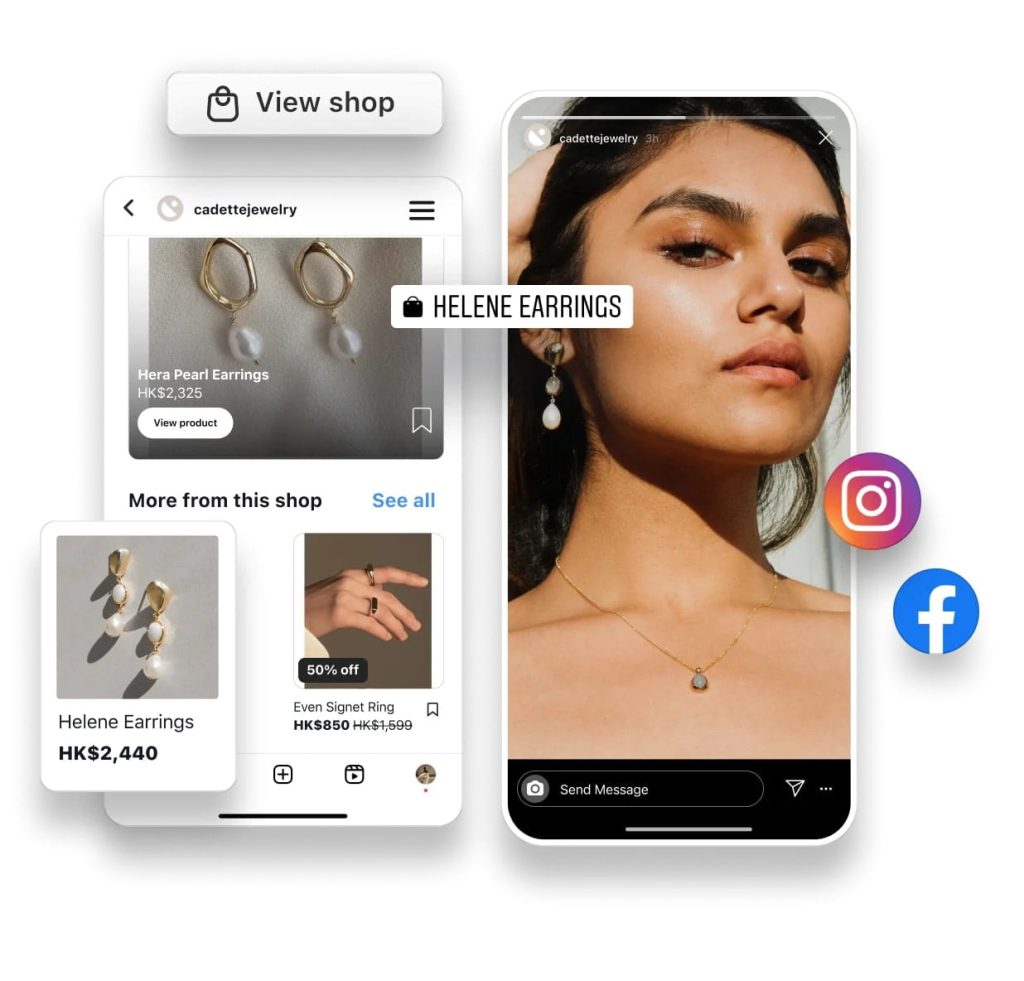
- A post of an influencer wearing the product and engaging their audience
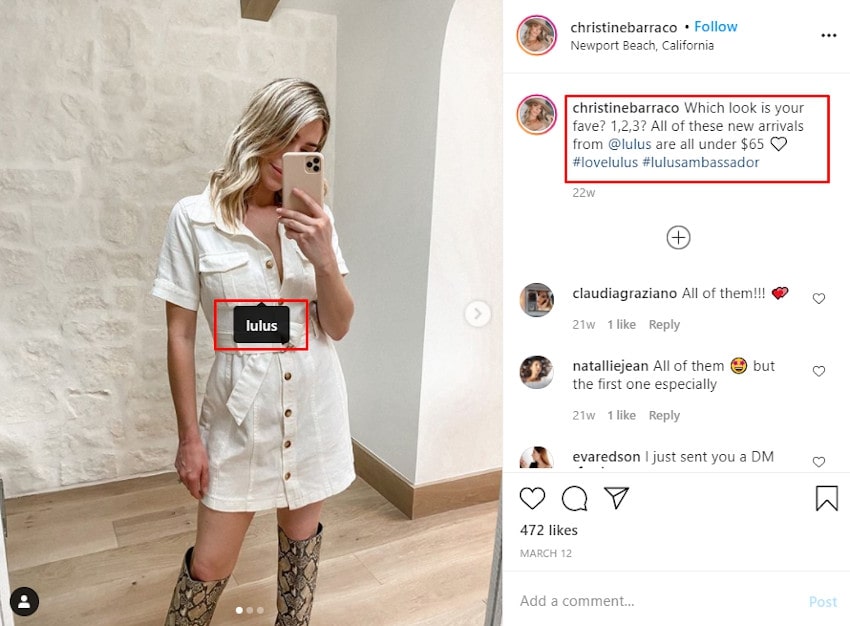
- A visual payoff—live reaction of the audience
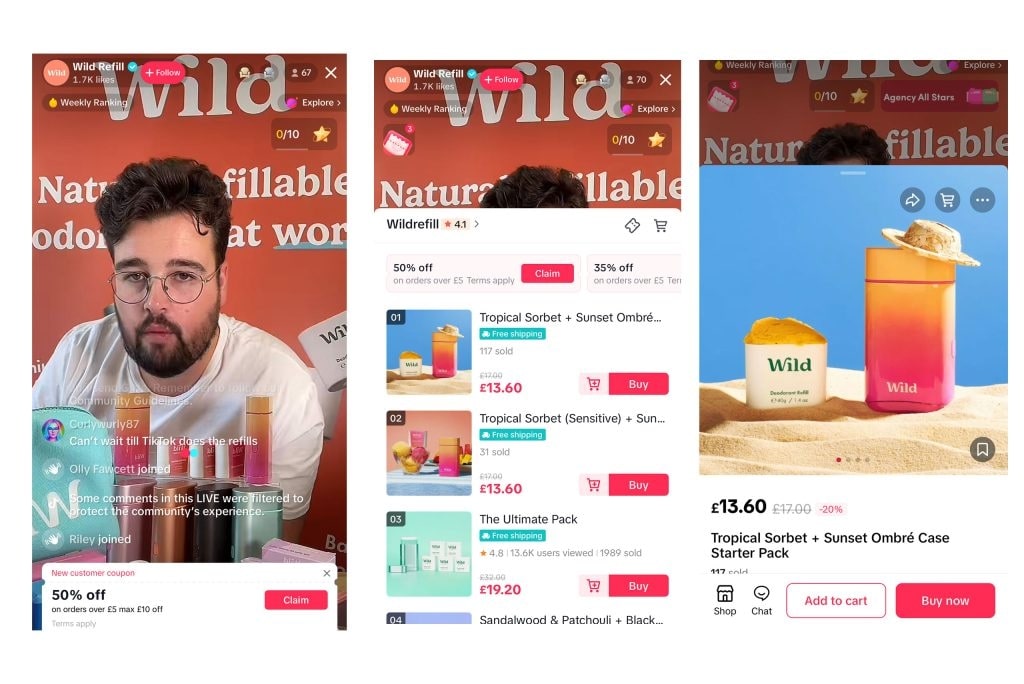
This kind of mini-narrative creates cultural relevance, not just reach.
Why it works: Red Bull’s best-performing YouTube content often doesn’t mention the product at all. The athlete, the mission, the journey—that’s what audiences show up for. And when the story is strong, they remember who told it.
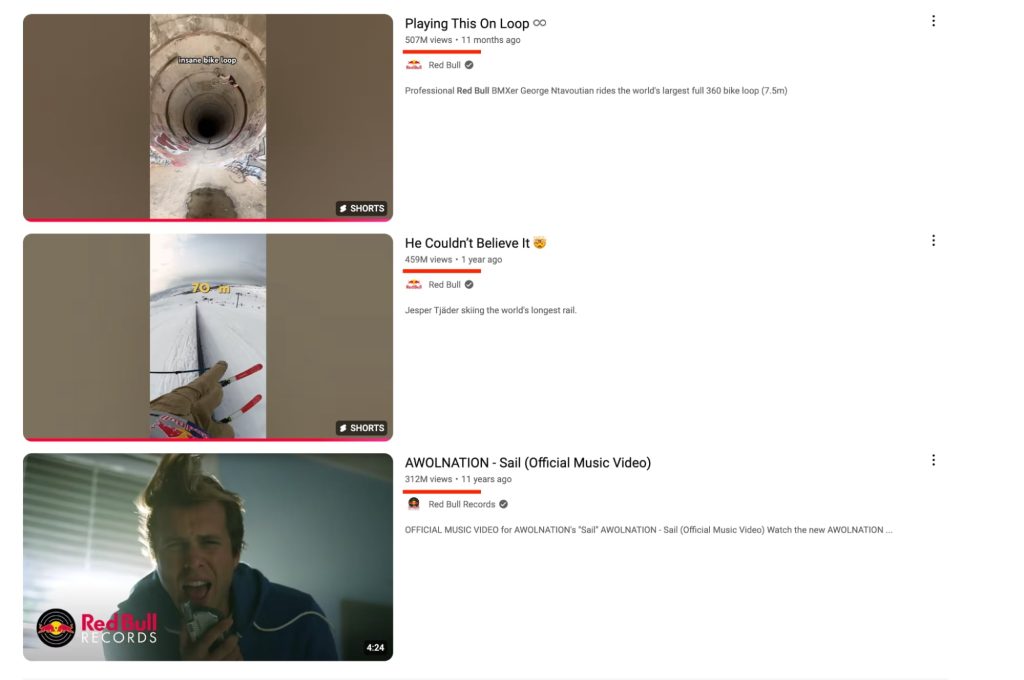
Turning Experiences Into Engagement
Few campaigns in modern history have captured public imagination like Red Bull Stratos. When Felix Baumgartner jumped from 128,000 feet above Earth, Red Bull didn’t just sponsor a stunt—they hosted a global moment. The event generated over 8 million concurrent views on YouTube (a record at the time), earned worldwide press, and carved Red Bull deeper into culture—all without once explaining the ingredients of the drink.

This wasn’t about product. It was about philosophy. Red Bull invited the world to witness human potential stretched to the extreme, and that story resonated far beyond energy drink buyers.
Of course, most brands won’t be sponsoring supersonic skydives. But the underlying strategy—inviting people into an experience worth talking about—is entirely accessible.
A handcrafted stationery brand could host a live journaling challenge. A local fashion brand could livestream a photoshoot prep day or customer style walk-throughs. These aren’t just “behind the scenes” moments—they’re micro-events that build intimacy, anticipation, and shareability.
💡 Quick Campaign Idea: “Countdown & Reveal”
- Step 1: Start a 3-day teaser countdown in Stories (use polls or emoji sliders for engagement)
- Step 2: Post 1 teaser photo/video each day (e.g., product detail, team prep, behind the scenes)
- Step 3: Launch with a short-form video showing the full reveal + CTA
- Optional: DM 3–5 loyal followers a “secret early link” for added hype
Even a simple countdown to a new product drop, paired with teaser visuals or customer DMs, can echo the structure of a larger campaign. What matters is the framing—transforming everyday moments into shared rituals.
Red Bull shows us that when you stop trying to sell and start trying to share, your content travels further—and it resonates deeper.
With tools like Flico, brands can take this further by identifying their highest-engaging content, analyzing post timing, and amplifying the moments when their audience is already active. These micro-signals are the perfect place to build mini-campaigns that replicate Red Bull’s experiential impact—scaled to fit a small business reality.
Influencer Collaborations That Fit
Red Bull doesn’t sponsor influencers—they build relationships with people who already embody their brand. Their partnerships with athletes like Travis Pastrana, Danny MacAskill, and the GoPro content team aren’t endorsements. They’re extensions of Red Bull’s identity in motion.
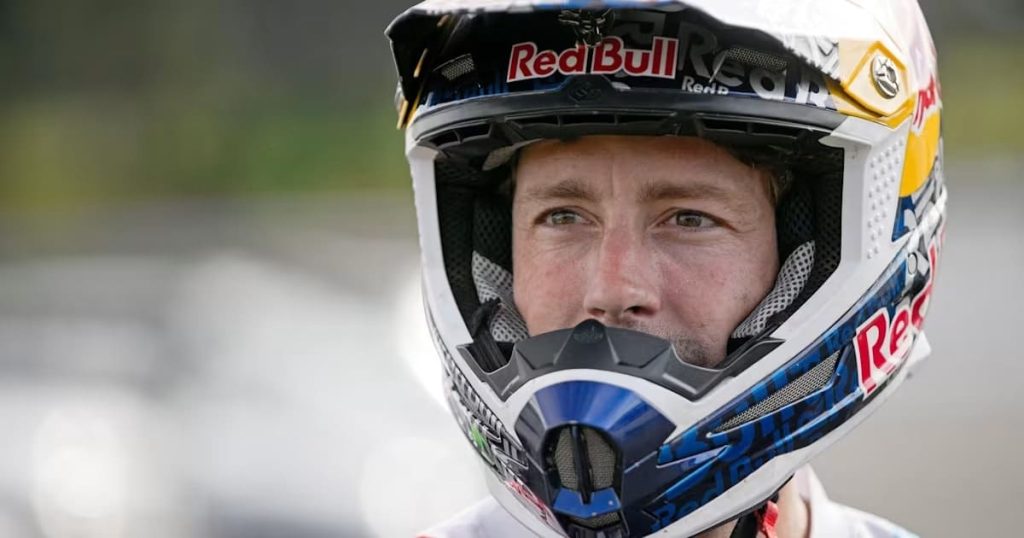

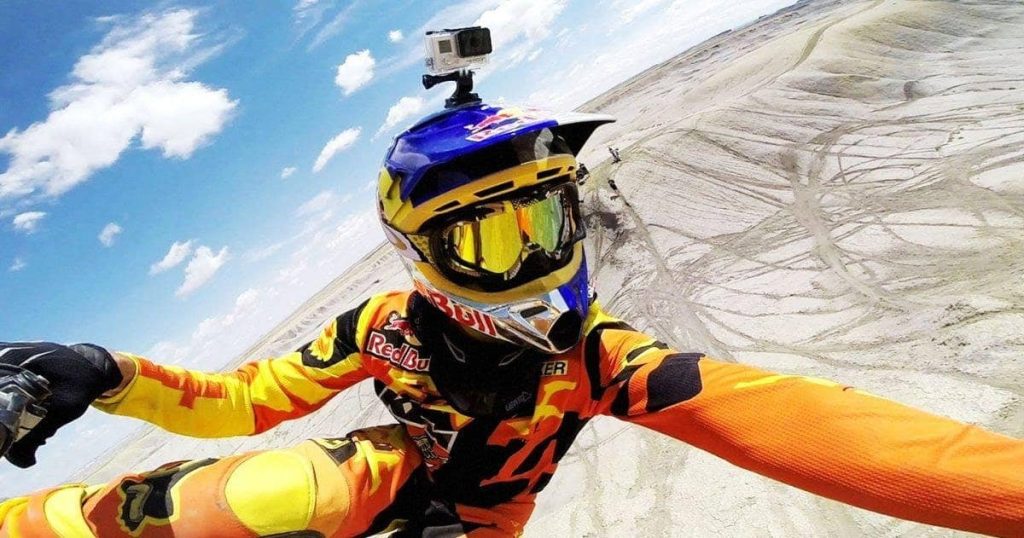
The distinction matters. None of these creators are hired to pose with cans. They’re out there flipping bikes over canyons or navigating impossibly narrow rooftops—and Red Bull simply helps them go further, film better, and reach wider. The brand doesn’t insert itself. It elevates what the creator is already doing.
Compare that with a standard paid promo post, and the difference is obvious. Red Bull’s model creates content that feels authentic, not transactional.
This same principle is applicable at any scale. A wellness brand could work with a local yoga teacher, not for a single shout-out, but to co-host a virtual session, or co-create a recovery guide. A productivity startup could collaborate with niche creators to document how they organize their workweek using the product—without overproducing or overexplaining.
💡 Collab Blueprint for Small Brands
- Step 1: DM 3–5 micro-influencers who already use similar products or share aligned values.
- Step 2: Propose a mutual win:
- You: Provide free product / experience
- Them: Document their process or “why I love this” post
- You: Provide free product / experience
- Step 3: Repurpose their content into:
- 1 carousel
- 1 reel (or TikTok)
- 1 quote/testimonial in your bio/landing page
- 1 carousel
The result is content that feels real, performs better, and builds trust over time.
A standout example: Red Bull’s collaboration with GoPro didn’t involve co-branded ads. Instead, they produced content where GoPro’s cameras captured Red Bull athletes in action—natural, high-intensity footage that reflected both brands without selling either. It’s brand symbiosis done right.
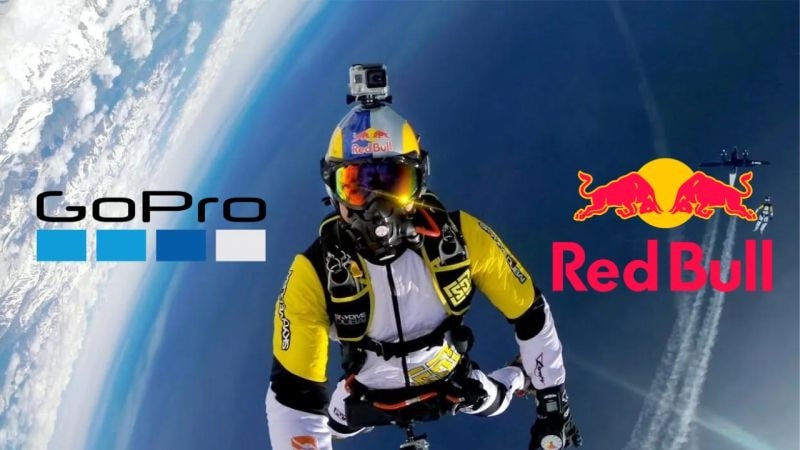
Community as a Growth Strategy
Red Bull doesn’t chase mass-market appeal—it builds tight communities around passions. Whether that’s breakdancing, snowboarding, or street music, Red Bull earns credibility by showing up consistently in those spaces, often long before the spotlight hits.
One of the best examples is the Red Bull Local Hero Tour. Instead of signing top-tier athletes, Red Bull created a scouting program to discover and support emerging talent in local skateparks, BMX trails, and music venues. Winners weren’t just promoted—they were mentored, featured in content, and made part of Red Bull’s extended creative family.
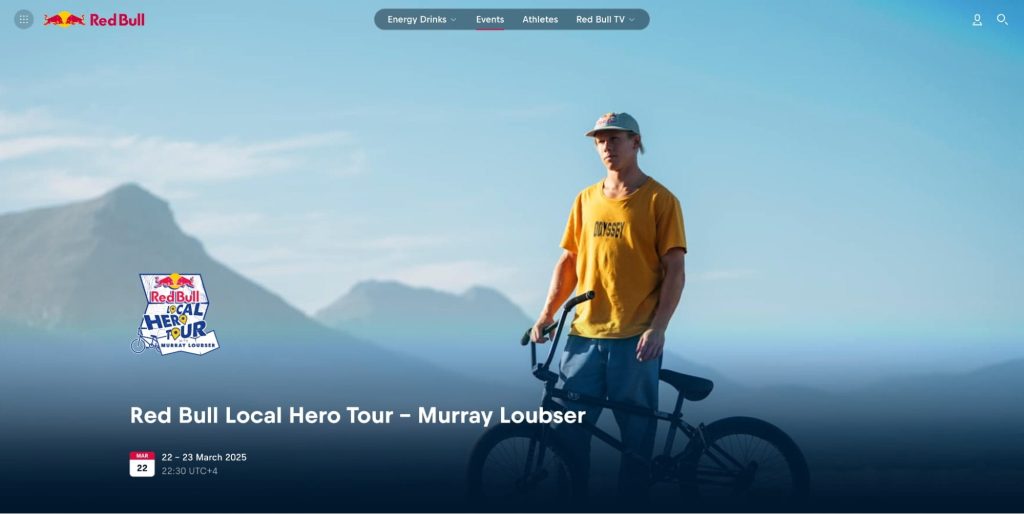
This kind of investment in community isn’t just goodwill—it’s strategy. Red Bull gets grassroots content, cultural capital, and long-term loyalty. And the brand narrative becomes shared, not imposed.
For smaller brands, the community lens can be just as powerful. Instead of focusing only on selling, consider how your customers can participate, share, and co-create.
A digital illustrator could showcase artwork made using their brushes or templates. A coffee brand could invite followers to submit morning rituals and feature one per week. A SaaS product could spotlight users building real results—transforming testimonials into recurring story content.
💡 Use This: “Community Feature of the Week” Format
- Ask your audience: “How do you use our product?”
- Pick one user per week to feature
- Use a selfie or screen recording
- Add their quote or caption in their own words
- Tag them + give them a gift card / shoutout
- Use a selfie or screen recording
- Bonus: Turn 4 into a monthly recap post or story highlight
Red Bull’s genius isn’t just showing up in communities—it’s amplifying them.
Tip: brands should identify not just who’s following, but how they’re engaging. By tracking conversations, DMs, and comment patterns, it becomes easier to find and highlight the most passionate members of your audience—and turn them into partners, not just buyers.
Guerrilla Tactics That Surprise
Before Red Bull was a global name, it was a hustle on the street.
Their early marketing relied heavily on guerrilla tactics: handing out free drinks at 2 a.m. outside clubs, leaving branded fridges stocked at beach volleyball tournaments, and setting up spontaneous BMX ramps in city centers. These weren’t campaigns—they were disruptions. Small, low-cost, but strategically placed to create curiosity and buzz.
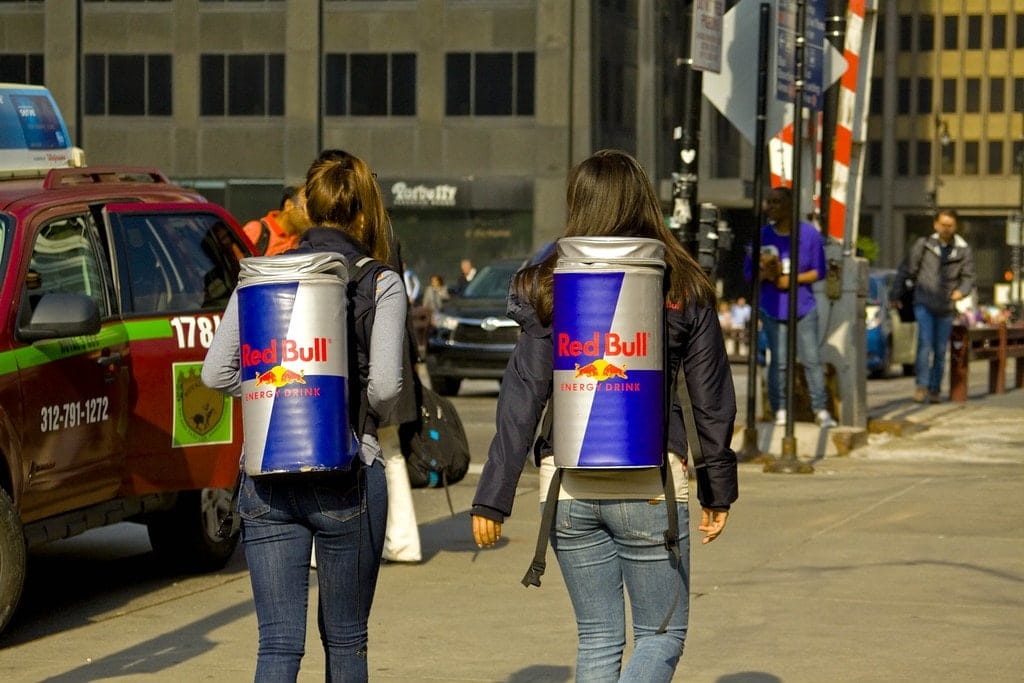
Red Bull understood something many brands overlook: unexpected placement leads to unexpected engagement. It wasn’t about reaching the biggest crowd. It was about being so well-placed, so timely, and so unusual that people would remember—and talk about it.
One standout example: Red Bull once parked a branded Mini Cooper with a giant Red Bull can mounted on the back at universities and campuses. It wasn’t just a vehicle—it was a rolling conversation starter. Students would see it, get curious, take photos, and share them online. In an age before influencer culture truly exploded, Red Bull was engineering virality the analog way.
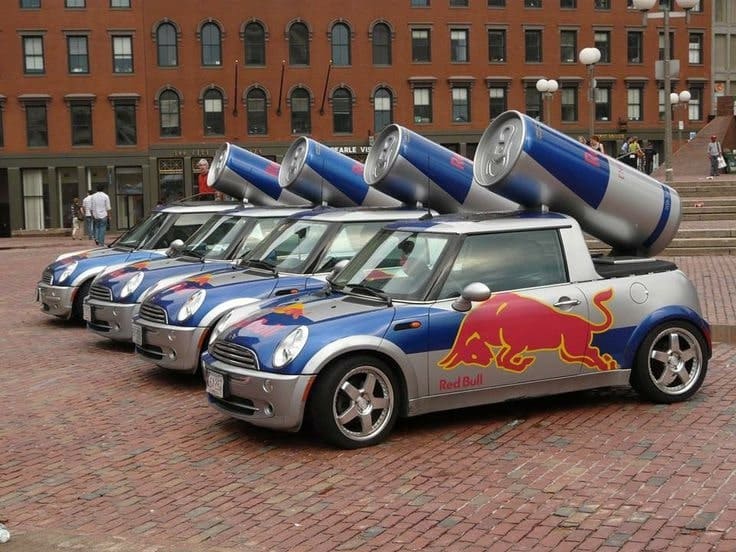
The same spirit applies to digital environments. Guerrilla marketing in 2025 could mean surprising a follower with a freebie for commenting. Or hiding an Easter egg in your email footer that links to a secret discount. Or using meme culture to subtly inject your brand into trending conversations—without overbranding or overselling.
A small skincare brand might drop “mystery kits” to its most active commenters on Instagram Stories. A productivity app could offer a limited-edition template pack to followers who respond to a story poll. These don’t require ad spend—just timing, creativity, and a little guts.
💡 Try This: “Digital Guerrilla” Drop
- Hide an exclusive offer inside:
- Your email footer
- An Instagram carousel (e.g., swipe to find it)
- A comment section (e.g., “Reply with 🌟 and we’ll DM you a surprise”)
- Your email footer
- Track reactions, shares, screenshots
- Repeat monthly to create anticipation
Red Bull’s most powerful early growth hacks weren’t polished—they were personal. Strategic placement and surprise created emotional connections that glossy ads couldn’t touch.
Think Local Before Global
Red Bull’s rise didn’t start on massive stages—it started in micro-markets. Before sponsoring global championships, they were showing up at community-level events: small skate jams, campus competitions, underground music sets.
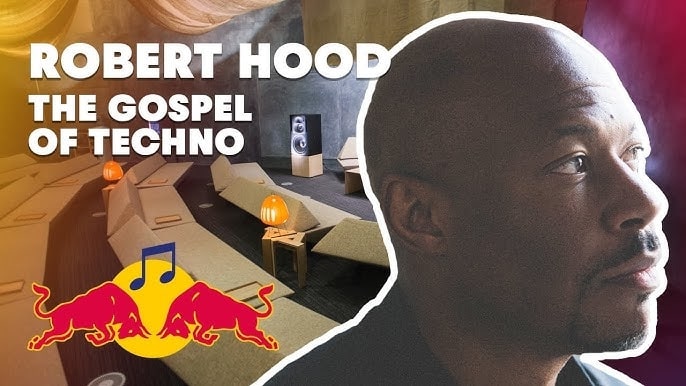
One of the clearest examples is their investment in niche, local athletes. They didn’t go after the already-famous. Instead, they picked out raw talent—athletes who had influence within their scene, even if the broader world hadn’t noticed them yet.
It wasn’t just support. Red Bull gave them content production, gear, event coverage, and a platform to grow—meaning the brand grew alongside its community.
This approach is scalable at any level.
A new fashion label can partner with a hyper-local stylist or host a styling session at a neighborhood café. A nutrition brand could collaborate with a local fitness trainer to create a recipe series. A tech product might offer early beta access to members of a small Reddit or Discord community—letting them feel like insiders before a launch hits a wider audience.
💡 3 Ways to Find Your Local ‘Scene’:
- Search Instagram location tags in your city—who’s getting engagement?
- Join 3 niche Discords, Facebook groups, or Subreddits in your space
- Use Flico to track who’s consistently commenting on your content—they’re your early insiders
Bonus: DM these users first when you’re launching something new. They’ll likely support, repost, and give feedback.
Red Bull teaches us that influence isn’t just about numbers. It’s about proximity, relevance, and cultural alignment.
Starting small also gives you feedback loops that big campaigns miss. You can see in real time what people engage with, what confuses them, what content they reshare, or what tone feels off. And that data shapes a smarter scale-up.
Advanced targeting tools can be used to focus on niche audiences, specific interest groups, or localized communities. This method reflects strategies like the ‘local-first’ approach used by brands on platforms like Instagram—combining automation with strategic intent.
Red Bull’s Missteps: Lessons in Limits
For all their success, Red Bull’s strategy hasn’t been flawless. Their ambition has occasionally outpaced their grounding, offering important lessons—especially for smaller brands who might be tempted to mimic the surface without the foundation.
The “Wings” Lawsuit
Their most famous slogan, “Red Bull gives you wings,” became a liability in 2014 when the company settled a U.S. class-action lawsuit for $13 million. The issue? Plaintiffs claimed the slogan falsely implied physical enhancement, with no scientific evidence to back the claim.
The line had always been metaphorical—but the takeaway is clear: even clever branding needs to stay anchored in clarity. If the message promises too much—or too vaguely—it creates risk.
Identity Blur
As Red Bull expanded into media, music, and sports, some critics began asking: what exactly is Red Bull? A drink? A sports brand? A content studio?
The brand’s own strength became a double-edged sword—its cultural reach sometimes overwhelmed the product itself. In some markets, particularly among non-sports fans, Red Bull’s media presence vastly outshined any awareness of the drink itself.
While this hasn’t hurt sales significantly, it’s a cautionary tale: brand expansion needs guardrails. Growth should amplify the brand’s core, not dilute it.
What to Take Away
- Messaging should inspire—but not overpromise
- Diversification is good—but product clarity matters more
- Culture-building only works when it’s still grounded in truth
Small brands especially should keep this in mind. It’s easy to want to “be like Red Bull” and launch into influencer collabs, digital content, or niche events—but without a clear foundation and focus, the message can get muddy fast.
Final Thought: Red Bull’s Strategy Without the Altitude
Red Bull didn’t get to the top because it chased attention. It got there because it earned it—through relevance, consistency, and a deep understanding of the culture it wanted to be part of.
Every piece of content, every partnership, every event has been carefully aligned with one question: Does this reflect our purpose?
That’s what makes Red Bull timeless, even as trends shift around it.
For smaller brands, the Red Bull playbook is more adaptable than it might seem. Focus on clarity. Prioritize real relationships. Build content that adds something, not just says something.
Growth isn’t about luck. It’s about alignment. When you get the brand, message, and moment working together, scale happens.
Red Bull gave people wings. But it didn’t do it with sugar and caffeine. It did it with story.
And story? That’s something every brand can own.


